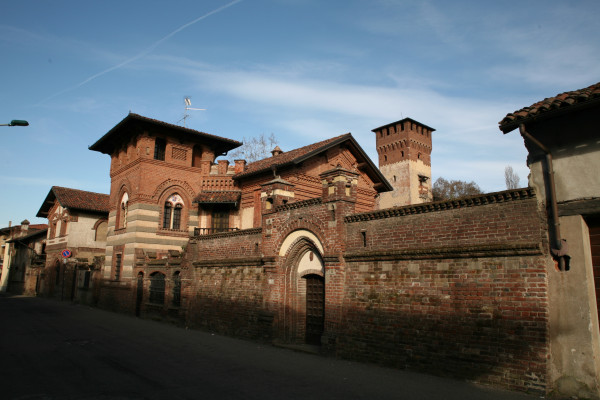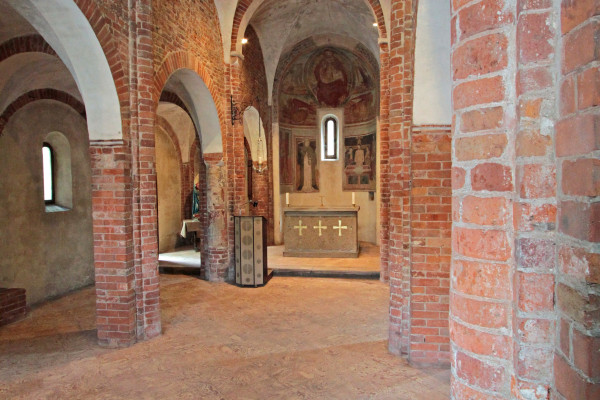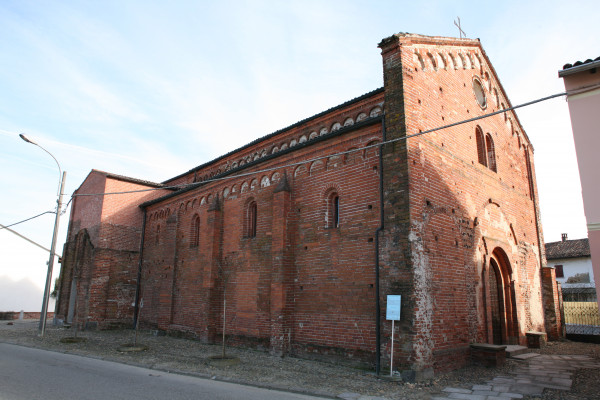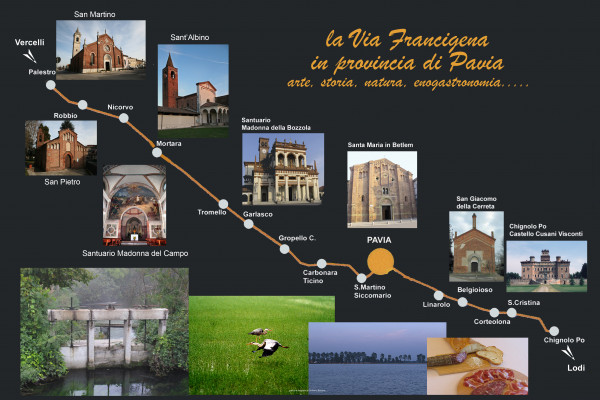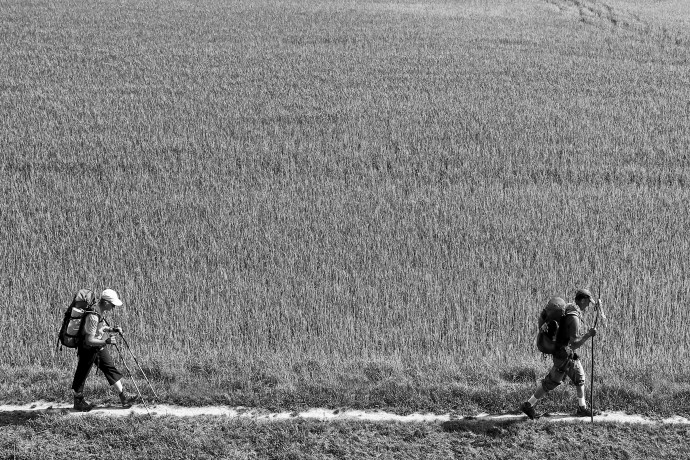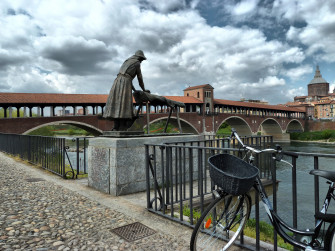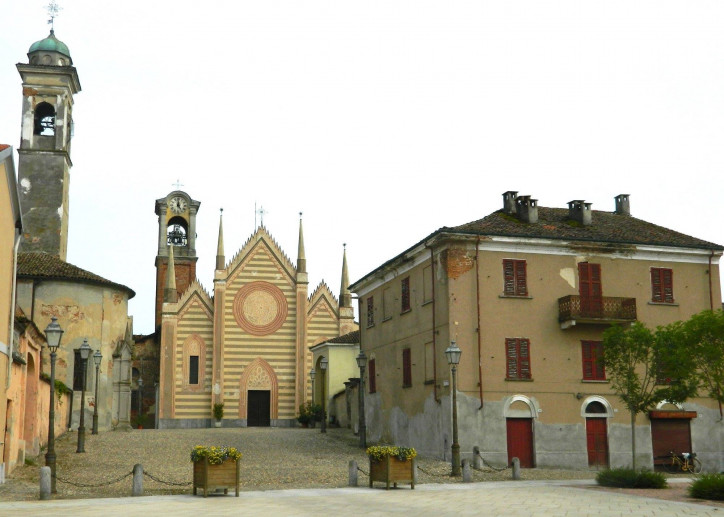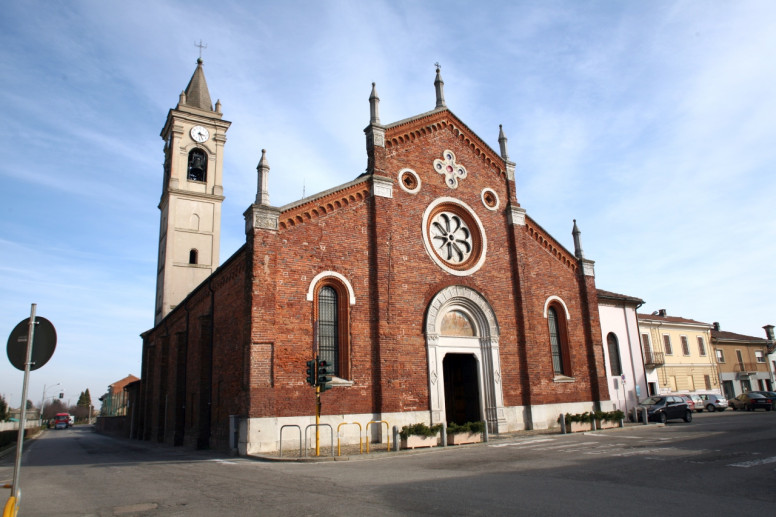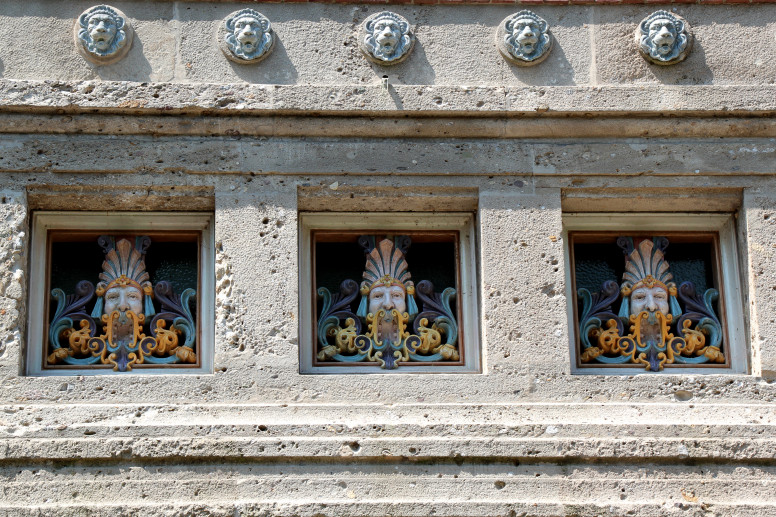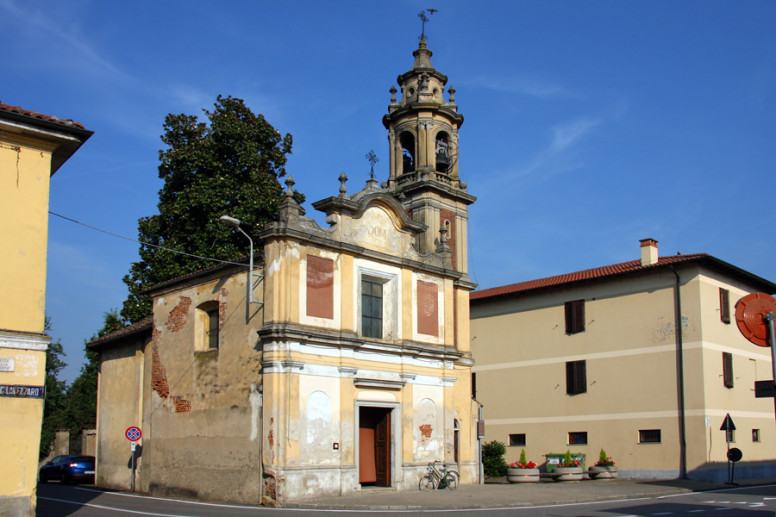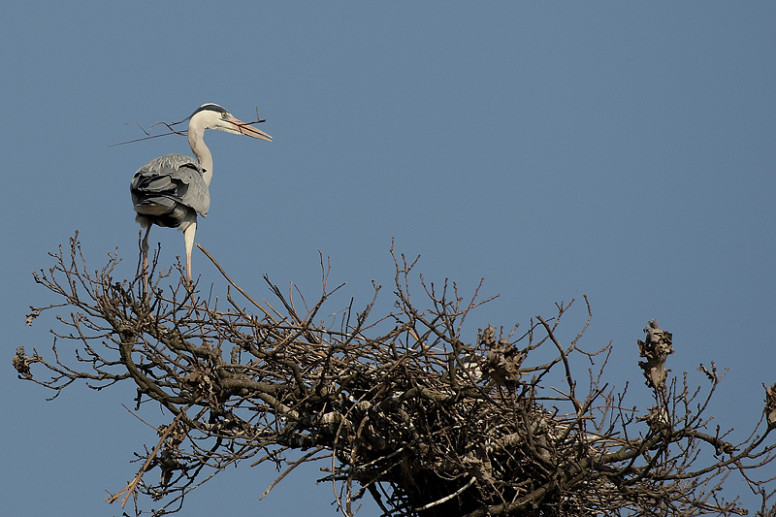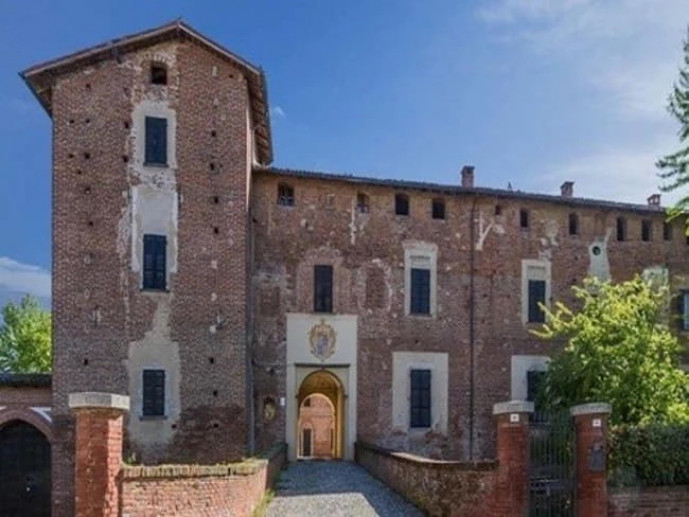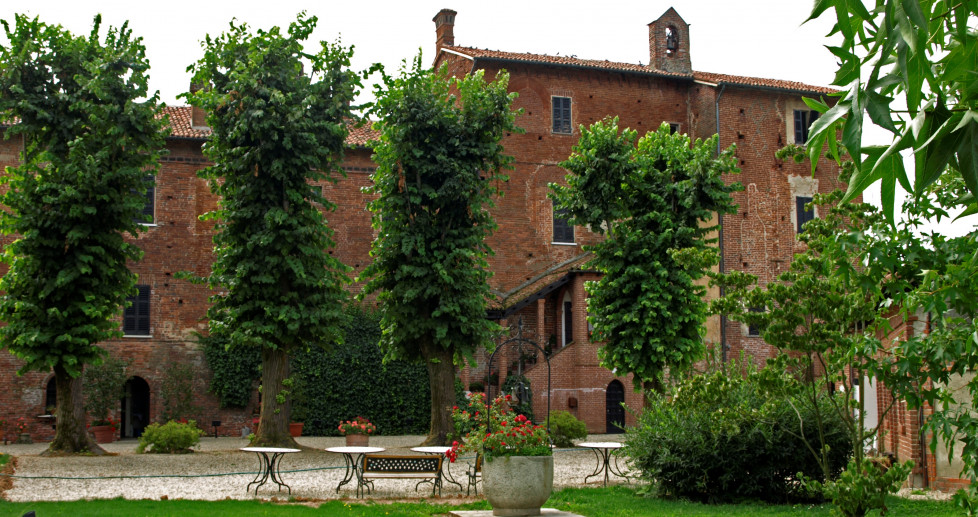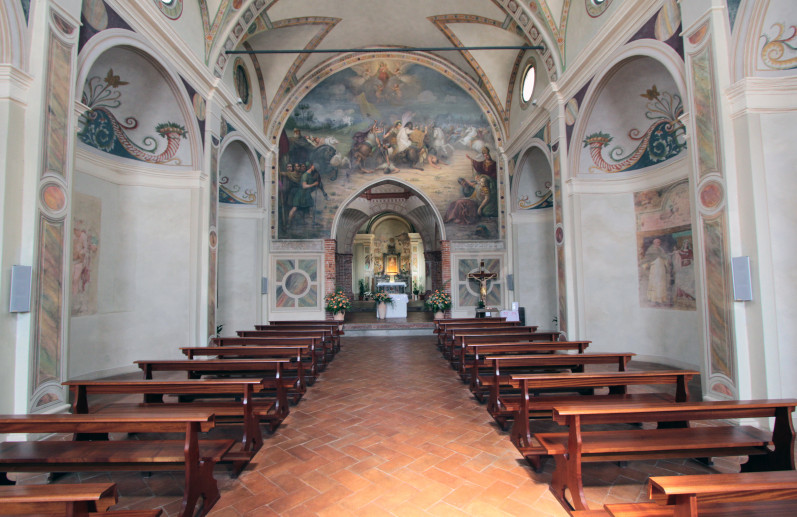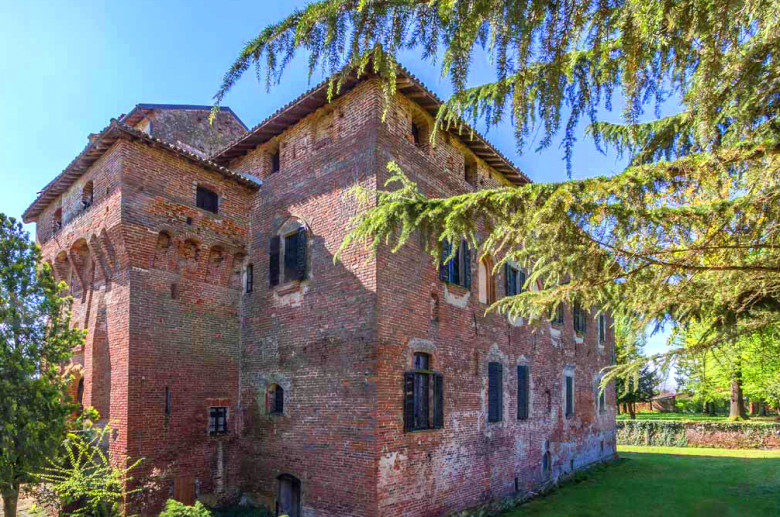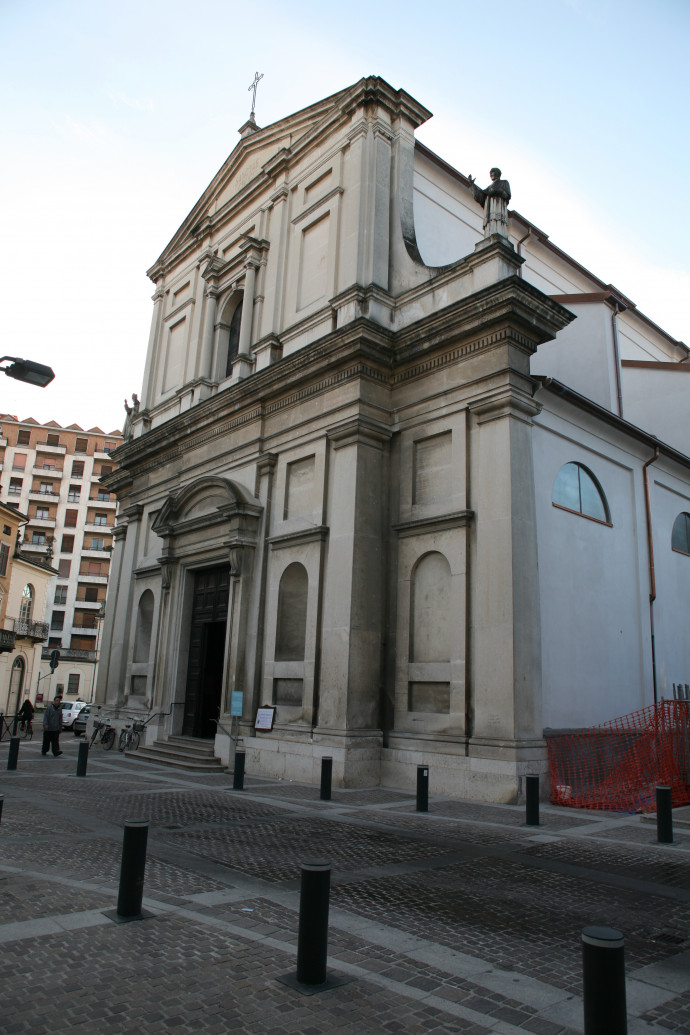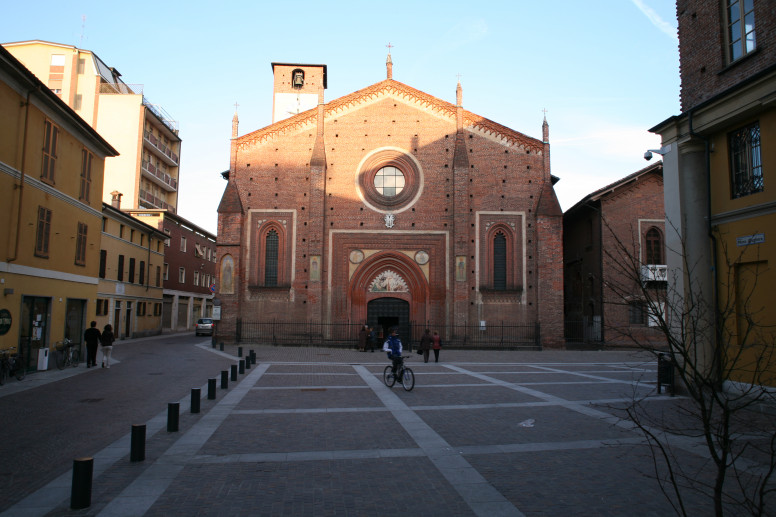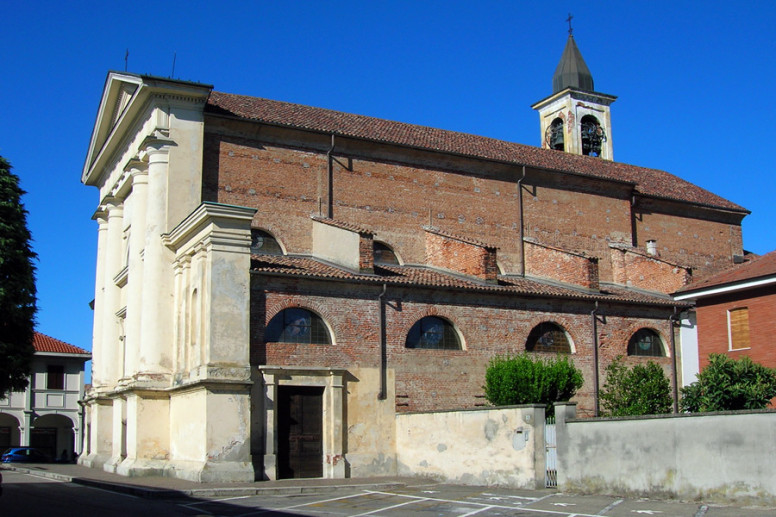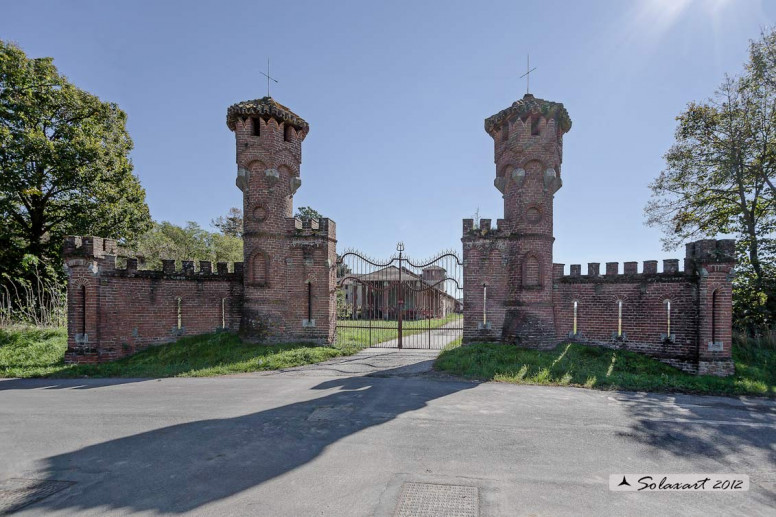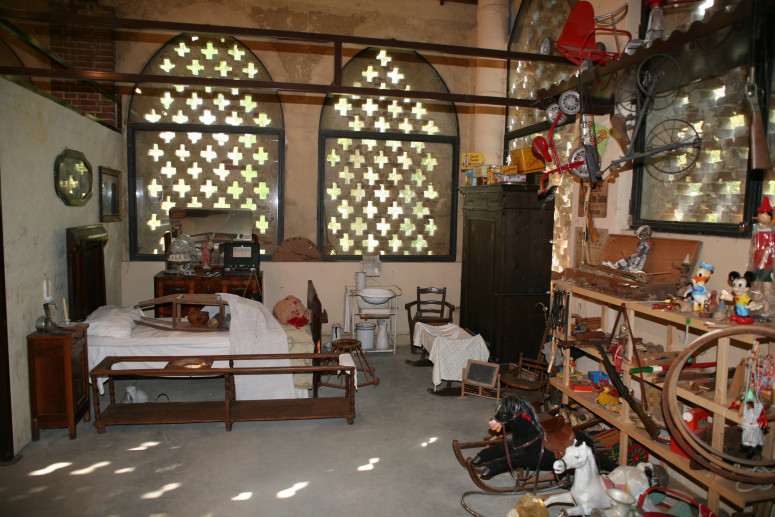- Villages
- Religious Tourism
- Art & Culture
Robbio
Located along the Via Francigena, Robbio was in the Middle Ages a Vercelli outpost within the territory of Pavia. Its many Romanesque churches evoke the former splendor of this Lomellina village.
In Robbio stands the Monastery of San Valeriano, a Romanesque-style church founded in the early 12th century by the powerful Lomellina family of the Besate, who made it dependent on the Burgundian Abbey of Cluny. The monastery was one of the hospitality centers for pilgrims traveling along the Via Francigena.
The Church of San Pietro, Romanesque and dating from the last quarter of the 12th century, features a façade built by the Comacine Masters. Inside, 16th-century frescoes attributed to Tommaso da Mortara can be admired. Next to the church once stood a shelter for pilgrims.
The Church of San Michele shows both Romanesque and Gothic elements. Its façade is decorated in the style typical of 15th-century Lombard art. Inside, there are 16th-century frescoes from the Vercelli school, among which stands out the Madonna enthroned, attributed to Bernardo Lanino.
The Castle of Robbio, located in the center of the town, was built in the 14th century. It has a quadrangular layout with an open courtyard and a beautiful tower known as the Torre Sanner.
The Oratory of San Rocco is a small rural church, probably erected during the terrible plague of 1578 in an isolated and marshy area, which remained so until the 19th century and was used as a lazaretto. Inside, there are frescoes and a beautiful Madonna and Child with Saints Roch and Sebastian, dating back to the same period as the construction of the chapel.
